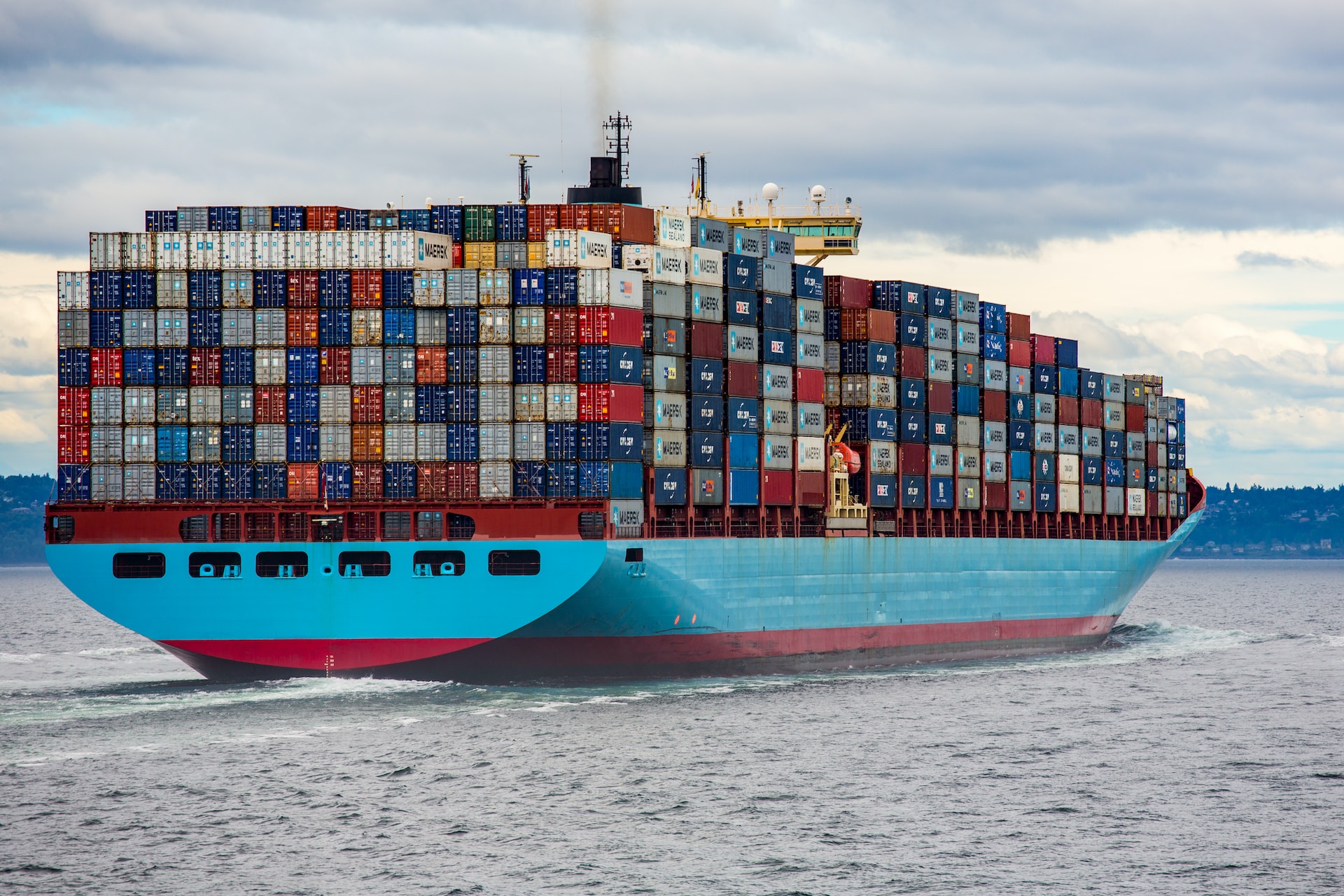
Hapag-Lloyd Charts New Course: In the wake of the escalating Red Sea crisis, Hapag-Lloyd AG, has taken a decisive step, opting to reroute its vessels away from the troubled waters. This strategic move, in response to the red sea attacks, remains steadfast despite the initiation of Operation Prosperity Guardian—a U.S.-led effort to restore stability to a route facilitating 12% of global trade.
As the industry grapples with challenges, including potential congestion, shortages, and increased operating costs, warnings loom that these issues may extend beyond the first quarter. In a worst-case scenario of Suez Canal avoidance throughout 2024, Drewry predicts a 9% reduction in effective capacity, signaling a market still heavily oversupplied. The situation remains critical, and the global shipping industry braces for continued disruptions amid geopolitical tensions.
Facing delays ranging from nine to 20 days and berthing window wait times, industry experts caution about potential port congestion, deepening equipment shortages, and canceled sailings. Carriers, aiming to offset delays, rapidly deplete empty container stocks across Asia, India, and Europe by activating idle vessels.
Choosing the lengthy route around the Cape of Good Hope, spanning several thousand miles, Hapag-Lloyd’s maneuver sets a precedent, prompting other shipowners to take similar evasive action. The consequences are already reverberating, causing delays and additional costs that could eventually impact consumers.
While companies like A.P. Moller-Maersk consider resuming shipping through the Red Sea on a “case-by-case basis,” others, such as CMA CGM, plan a gradual increase in Suez Canal transits.
The duration of the Red Sea disruption remains uncertain, with analysts, including Drewry, suggesting that carriers might postpone Suez Canal transits until the threat diminishes, potentially extending into months. Fortunately, the impact on equipment shortages, port congestion, and ship schedules is expected to be less severe than the challenges faced during the pandemic, as the supply chain adapts to the extended transit times around the Cape of Good Hope.

